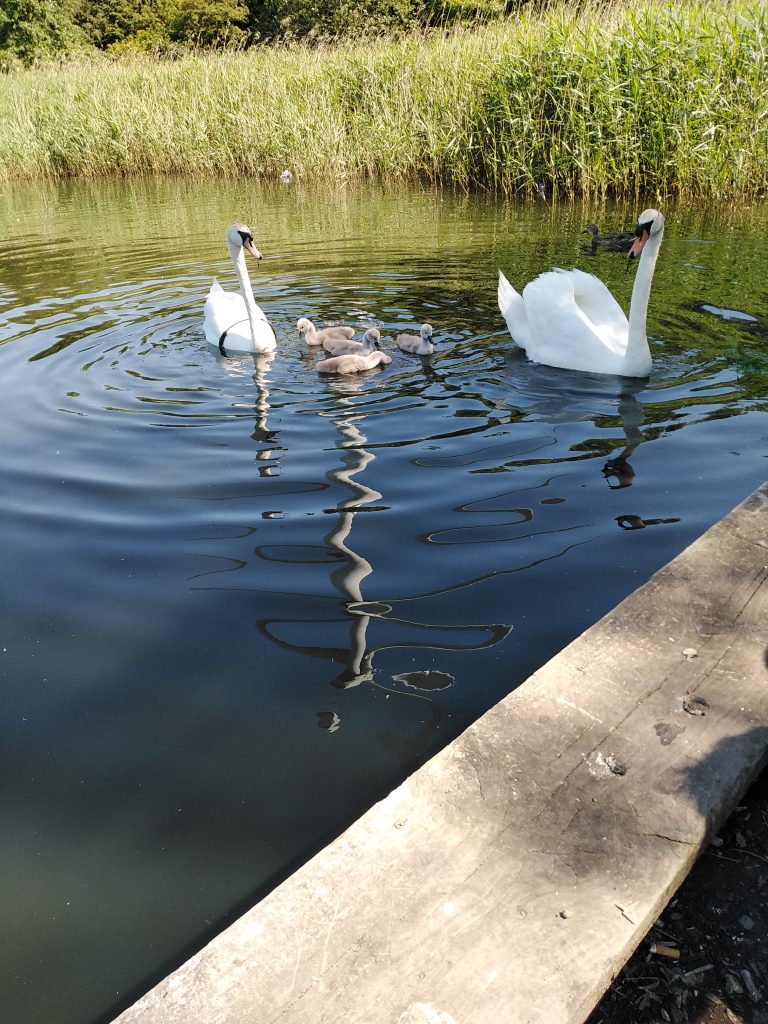
A break from the Allotments theme for this blog at least. Recently have been in contact with John Netherwood who, with the help of Mrs. Netherwood, have compiled the programme for Hull and Beverley for the annual Heritage week in September, and have done so for many years. In 2020 most of the planned events had to be cancelled but some went-out on line and this is something John wants to build on in 2021, one point of view being that once on line a presentation is potentially accessible to more people than might comprise the audience in a one-off event. Obviously, if circumstances allow, the ‘in the flesh’ events will go ahead as well this year. The relevant website is now www.hullandbeverleyheritagecollection.co.uk
This conversation has prompted me to go one step further on from my Inventory of Blogs as published here last November. Although my blog planning page states that I have produced 579 blogs since February 2016 I make the total 520 – 29 in 2016, 110 in 2017, 115 in 2018, 131 in 2019, 126 in 2020 and 10 so far this year. Although, being an untutored novice, some early ones were amateurish (perhaps a lot) I have tried hard to build on quality and have identified 22 ‘runs’/themes which I would highlight if there were to be any chance of linking the heritage site (see above address) and my website.
The above picture shows two parent swans and four cygnets that graced Oak Road Playing Fields fishing lake in spring of 2020. Their progress was a source of interest for many visitors, many of those on a daily basis. Sadly during the course of the summer and autumn one cygnet had to be put-down after being shot with an airgun while another, while learning to fly, was found disorientated on a local busy road but was then taken to a nature reserve north of Beverley by the Yorkshire Wildlife Trust people. Also the male adult was found one morning dead from suffocation with a bag over its head, foul play suspected. At the time of writing another male has joined the group and the two cygnets, now nearly as big as the adults, are still on the lake.